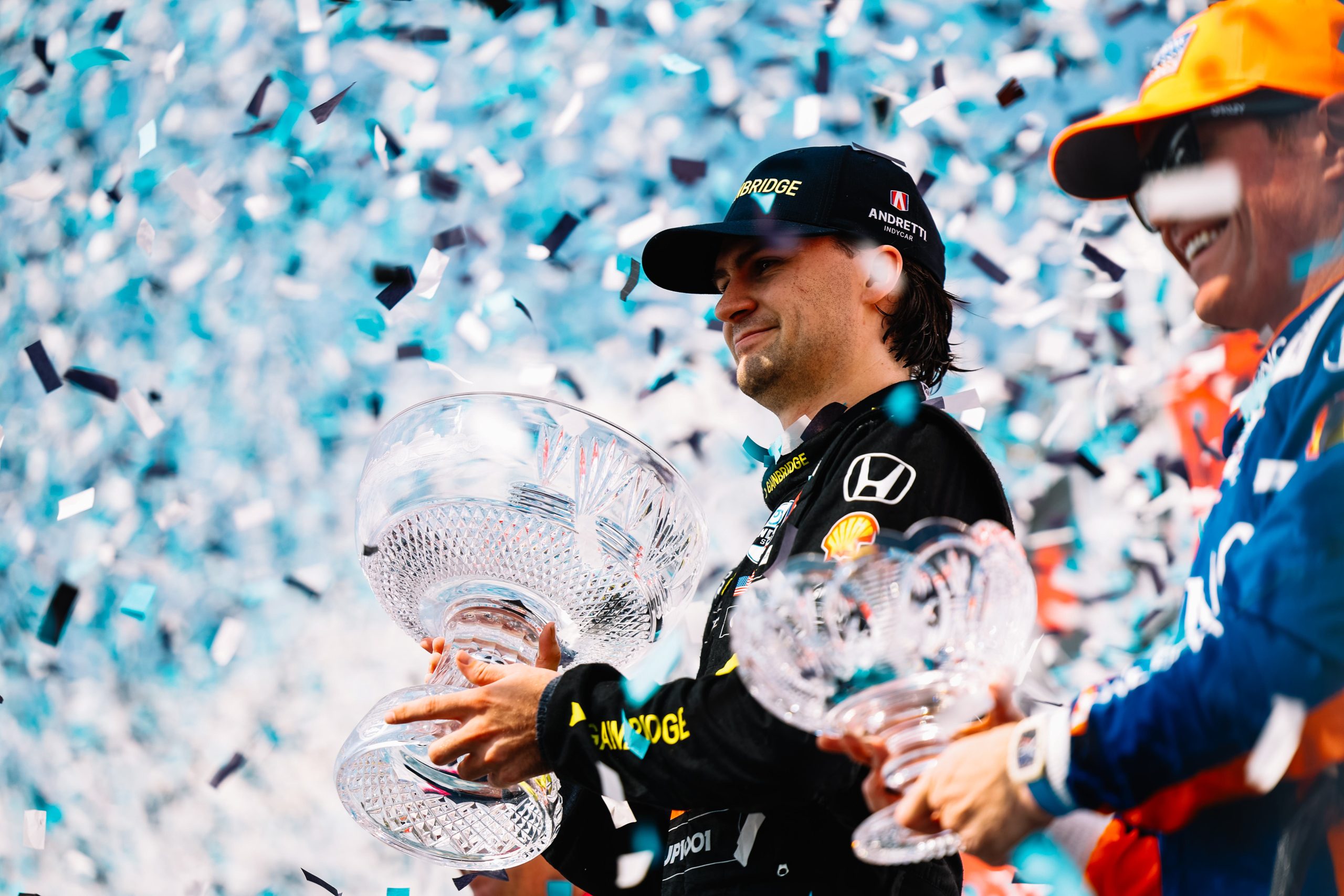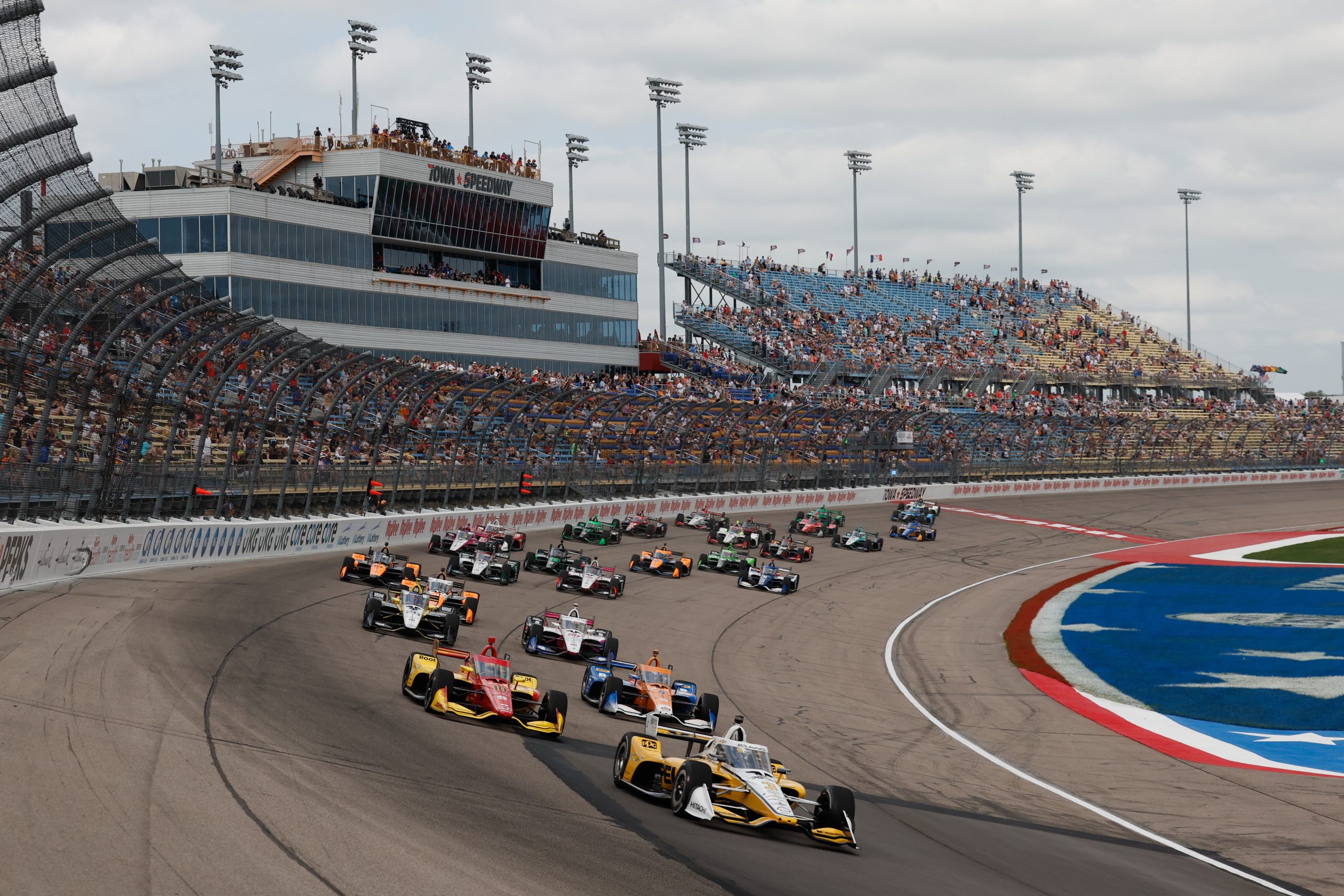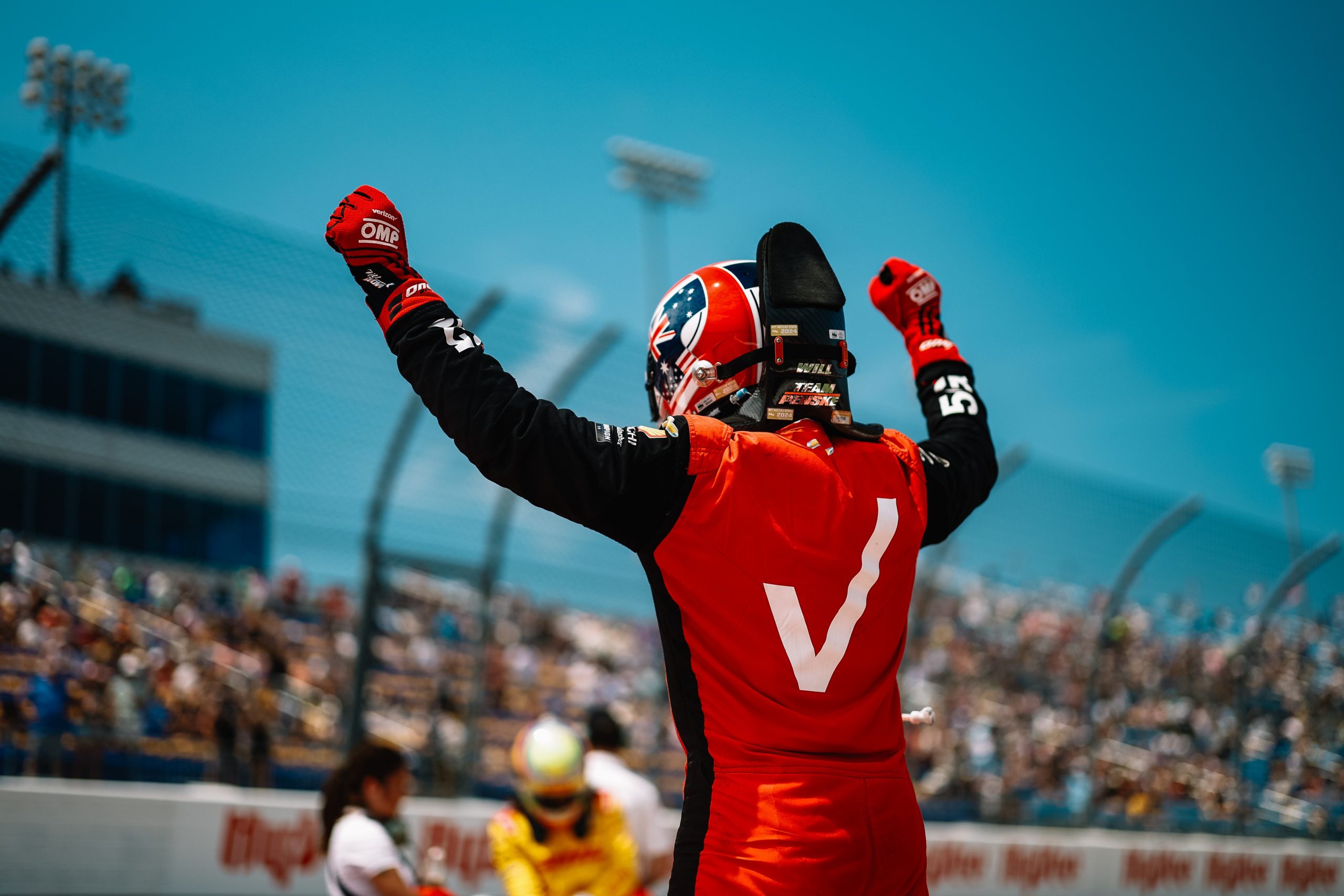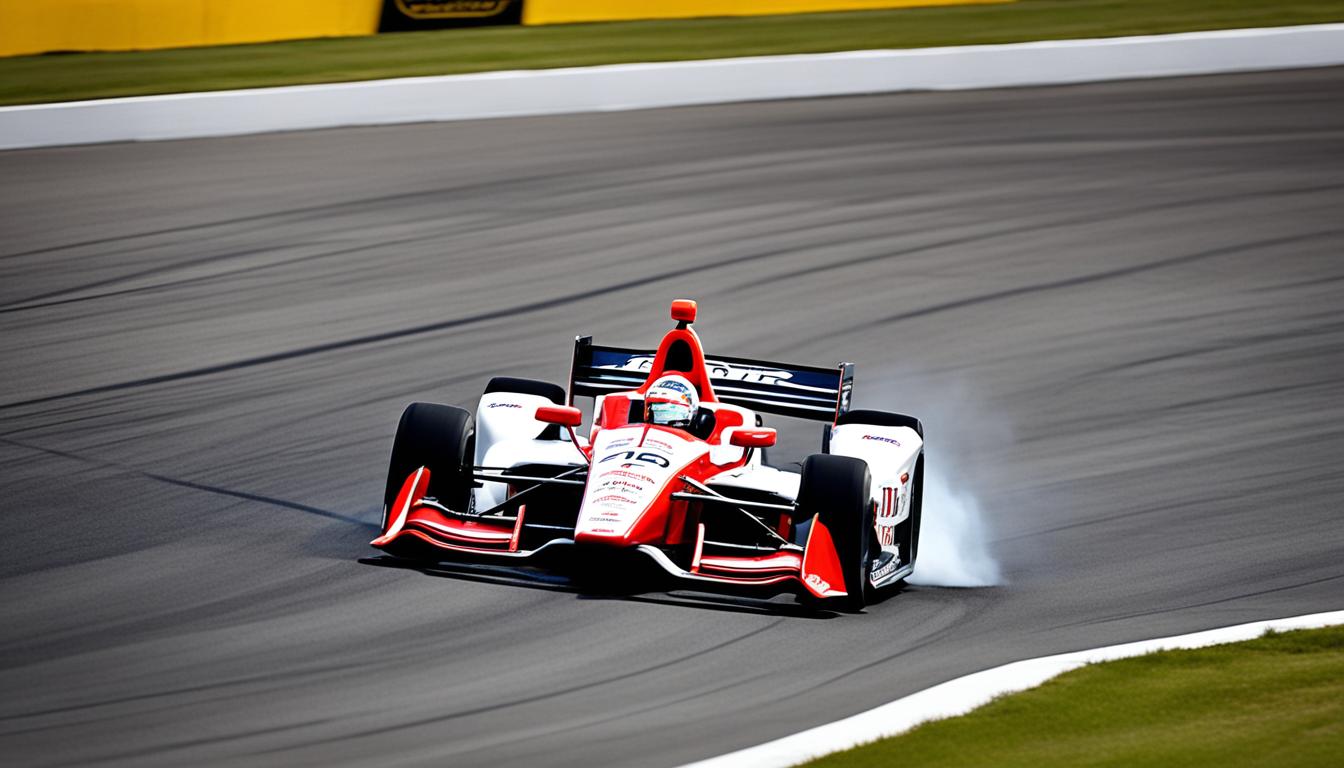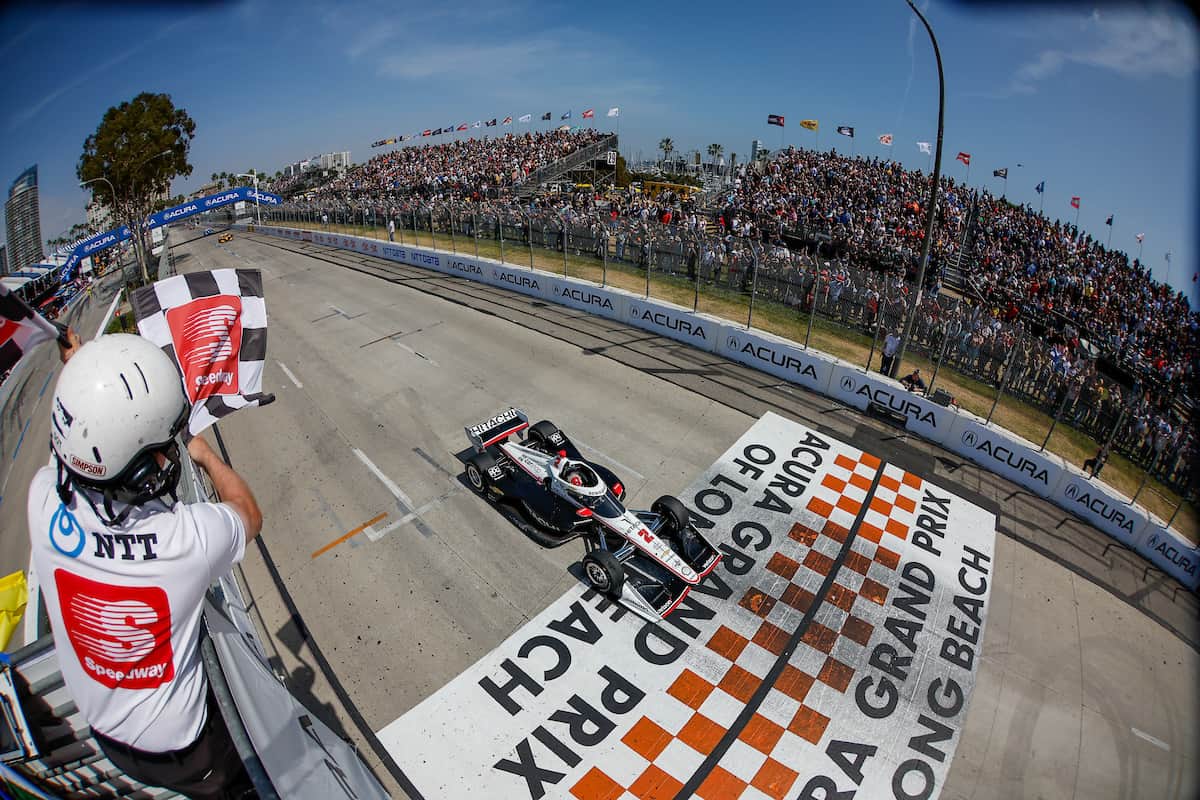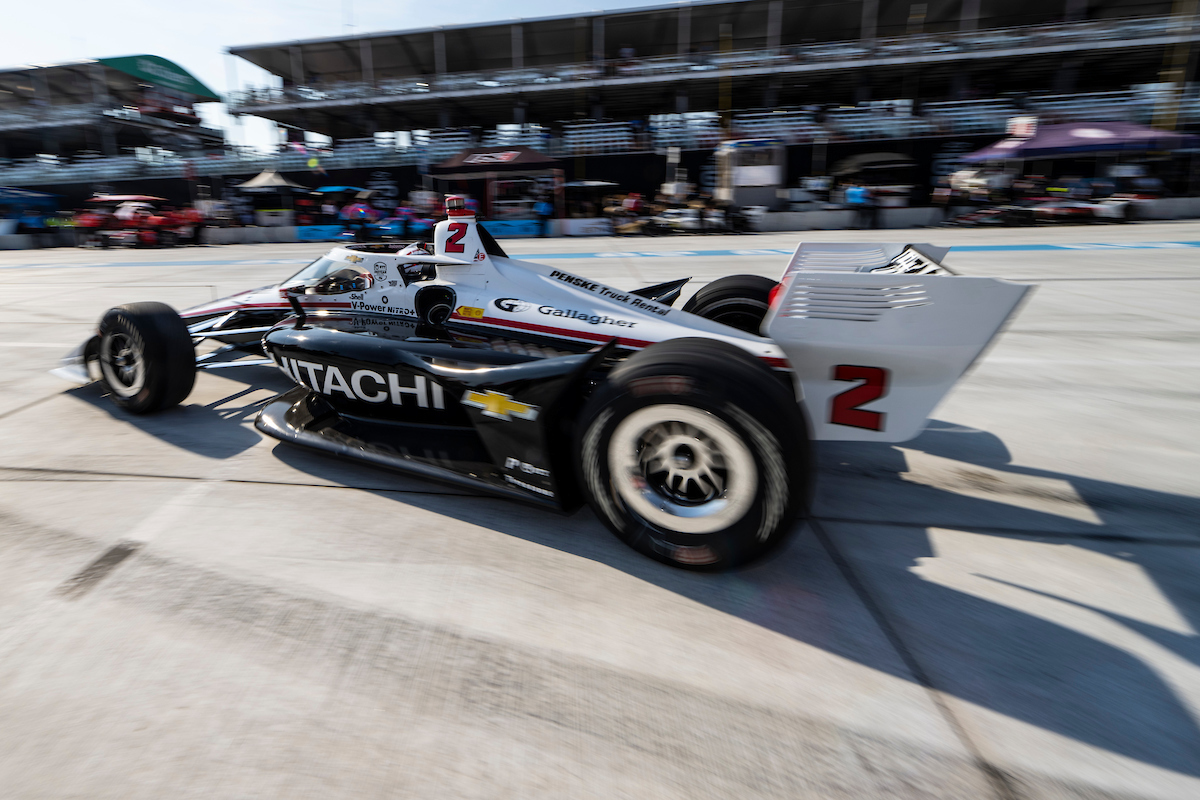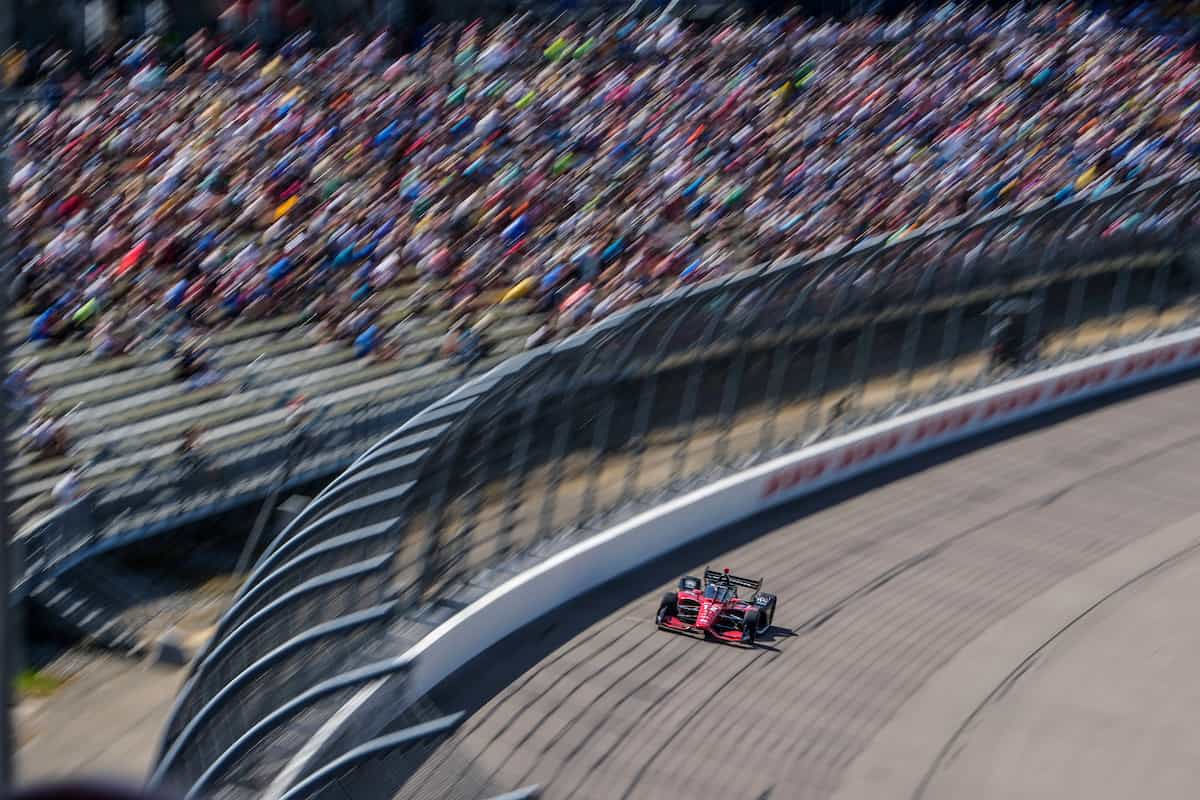Why Does IndyCar Have A Rolling Start?
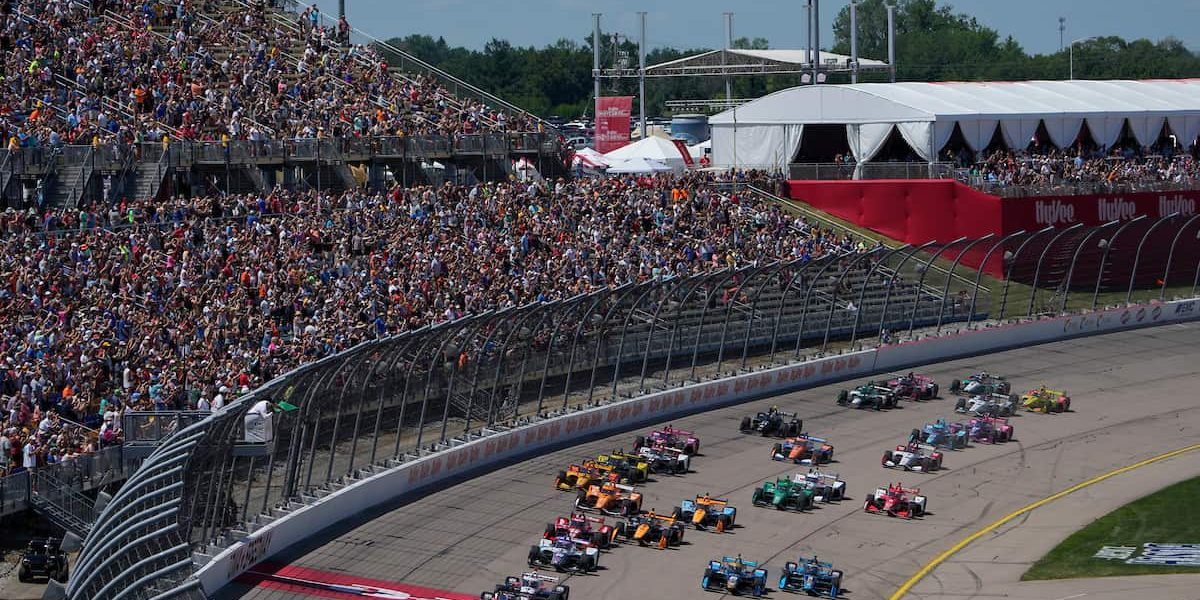
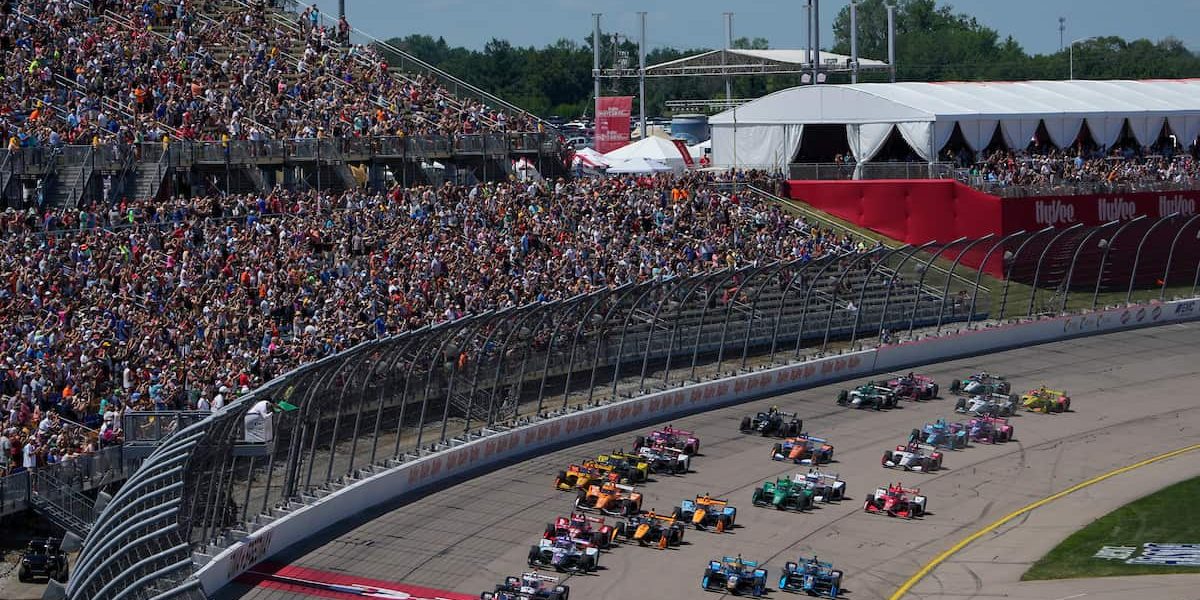
Have you ever wondered, why does IndyCar have a rolling start? IndyCar uses a rolling start to prevent the risk of crashes that are often seen in the first lap. Other racing events, such as Formula 1, choose a standing start. So, what’s the difference, and why does IndyCar opt for a rolling start?
Standing start, as the term suggests, is a type of start where cars are ordered to remain stationary until they are given the go-ahead. A set of lights are used to signal the drivers that it’s time to accelerate and begin the race.
In a rolling start, the drivers must stay behind the pace car and maintain their position in the field. The cars are led on a certain number of laps at a very specific speed determined by the pace car. Pace cars pull into the pits after the race begins.
Table of Contents
Safety First
The first, and most obvious reason is that with 33 cars on the track, an IndyCar race can be quite dangerous, and a standing start increases the risk of accidents. With rolling starts, cars start the race at a predetermined speed, reducing the chance of collisions as the cars accelerate to higher speeds. This also reduces the likelihood of a mechanical failure that can render the cars immobile.
When you observe the formation laps take place in IndyCar, you’ll notice that the cars on the inside and outside appear to be moving at the same speed. Moreover, the inside cars are not allowed to pull in front of the outside cars until the race starts.
The safety car is the main reason inside cars cannot gain a competitive advantage over outside cars. This keeps everyone driving at a predetermined safety limit. This also prevents the pole sitter from gaining an undue advantage over other drivers.
This isn’t to say that crashes don’t occur in rolling starts. Crashes have been known to happen, but only if the car experiences a mechanical failure, a fairly rare event.
Moreover, standing starts are not ideal in rough weather. For this reason, Formula 1 switches to a rolling start if the weather and track donations aren’t safe for a standing start.
Stalling and Mechanical Failure
Another reason for rolling starts is that they reduce the risk of colliding with a stalled car. Since drives are already in motion with a rolling start, their risk of stalling or suffering from mechanical failure is very low.
Moreover, rolling starts often require more formation laps. Cases of stalling and mechanical failure are likely to occur before the race starts. This allows safety crews to remove the car from the track before the actual race starts.
Another advantage of rolling starts is that the tires and brakes are warm because the cars move at a reasonable speed during the formation laps. This makes it easy for drivers to control their cars, especially on narrower turns.
A Few Disadvantages of Rolling Starts
Standing starts to create anticipation and drama with races. For this reason, many fans want IndyCar to switch to standing starts. Rolling starts, on the other hand, sacrifices entertainment in favor of safety.
Trends also show that rolling starts allow leaders to maintain early track position unless they suffer a mechanical failure, engine failure, or a blown tire. Standing starts, o the other hand, give cars in the middle or back of the field an advantage to gain track position at a faster pace than rolling starts, especially in the first corner.
IndyCar Used Standing Starts – But Discontinued Them
IndyCar has experimented with standing starts but discontinued them. The 500-mile race used standing starts in 2014.
The 2014 doubleheader races featured a standing start in the first race and a rolling start in the second race.
However, IndyCar stopped doubleheader racing because of the heavy burden on the cars due to the sheer amount of force applied to the rear wheels from the standing start that can lead to a serious accident if the car fails to make a start dash.
There have been several near-disastrous moments attributable to standing stars in IndyCar cars. For example, Sebastian Saavedra’s car stalled at the start of the race and was hit very hard in the rear by the cars of Mikhail Aleshin and Carlos Munoz, who didn’t have the reaction time needed to avoid hitting his car.
Greg Ballard, the then-mayor of Indianapolis, was struck by the debris and suffered minor injuries to his left elbow. This made it clear that
The Standing Start Procedure for IndyCars in 2014
The 2014’s Verizon IndyCar series used a standing start procedure that had the following rules: Here’s how IndyCar used the standing start procedure:
Formation Laps: The safety car would start two formation laps, and participating drivers will follow a single file in their starting order. The safety car would set the speed of the formation laps, and no drivers would be allowed to overtake the other. If a driver fails to exit the pre-grid with the others, it can return to the starting position before the end of the first formation lap.
Grid: Drivers must take their starting position at the end of the formation laps with the car’s front tires remaining inside their specified grid lines.
Drivers will be given a five-second signal on the vertical light towers. The countdown to the start will illuminate a pair of red lights every second. The race will start when all the red lights are extinguished after a delay of about 3 seconds.
Aborted Start: IndyCar may declare an aborted start before the final row of red lights. This will display yellow lights along the top row of all columns, and the countdown lights stop. A new formation lap will be carried out as compensation. Drivers determined to be the cause of an abolished start will restart from the end of the field.
False Start: A false start occurs when drivers who forward or out of their assigned position.
Why Does IndyCar Have A Rolling Start? – The Conclusion
So, there you have it, IndyCar uses rolling starts because it is safer for drivers. IndyCar prides itself on safety before all else. They did experiment with standing starts but abandoned them as safety issues emerged one after another.


